The horrific KC-130T plane crash that killed 15 Marines and a sailor last summer was caused by a deteriorating propeller blade that was corroded when it entered an Air Force maintenance depot in 2011, but workers there failed to fix it and sent it back to the fleet unrepaired.
This neglect allowed a routine corrosion problem to metastasize into a crack that went undetected for years until a mundane cross-country transport mission ended in flames.
On July 10, 2017, that worn-down blade finally failed and came loose from the propeller 20,000 feet above Mississippi farmland, as the Marine Corps Reserve plane was en route to California under the call sign “Yanky 72.”
It shot into the side of the aging aircraft, one of the last 130Ts still flying, a model set to be retired in the next few years.
The blade’s impact set off a cataclysm that killed everyone on board and left the aircraft in three pieces, creating inconsolable heartache for 16 military families and an inferno of wreckage scattered for miles.
These revelations — along with the systemic failures in the military’s aviation maintenance system that led to the loss — are outlined in a Marine Corps investigation into last summer’s crash that was obtained by Defense News and Military Times.
The investigation’s report and nearly 2,000 pages of supplementary records portray an endemic level of neglect by the Air Force, which maintains C-130 propeller blades for the Navy.
In addition to the Air Force depot’s failure to fix the faulty blade, investigators also found the Navy did not ensure the work was done properly.
Investigators also questioned the work of maintainers in Marine Refueler Transport Squadron 452 but did not blame those Marines for the blade’s deterioration.
Regardless of which entities are responsible, the mishap highlights a growing number of aviation-related accidents and fatalities across the military, which critics say have grown to a crisis level.
The exact maintenance failures that took place at Warner Robins Air Logistics Complex back in 2011, and who was responsible, will likely never be known.
Before the crash, it was Air Force policy to throw out such maintenance records after two years, according to the report.
Air Force brass insist that reforms are in the works to prevent another such tragedy and re-instill faith in those who fly in the C-130.
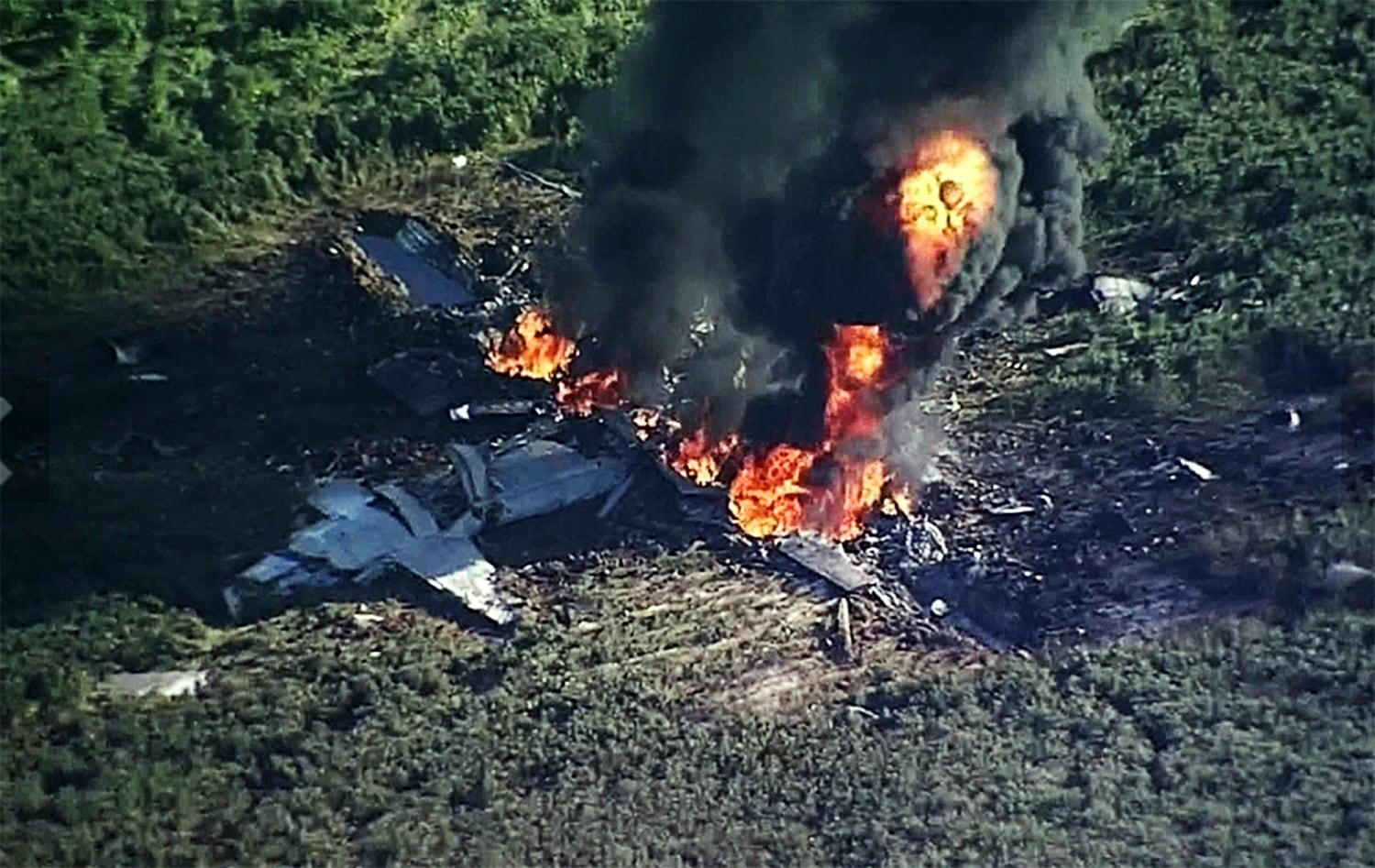
“When we learned that work done at Warner Robins could have contributed to this mishap, our team was crushed,” said Air Force Brig Gen. John Kubinec, the complex’s current commander, in a recent interview. “We are committed to do everything that we possibly can to ensure something like this doesn’t happen again.”
After coming off the second propeller, the cracked blade sliced through the port side of the aircraft and lodged into the interior of the right side of the plane.
Energy reverberated through the aircraft, causing the third propeller to detach and slam into the starboard horizontal stabilizer, knocking most of the stabilizer off, investigators wrote.
“This impact caused the skin of the aircraft to separate along the starboard side,” the investigation states.
Then the aircraft broke into three sections: the cockpit, the rear fuselage, and the compartment where passengers were seated, “which explosively disintegrated into multiple pieces.”
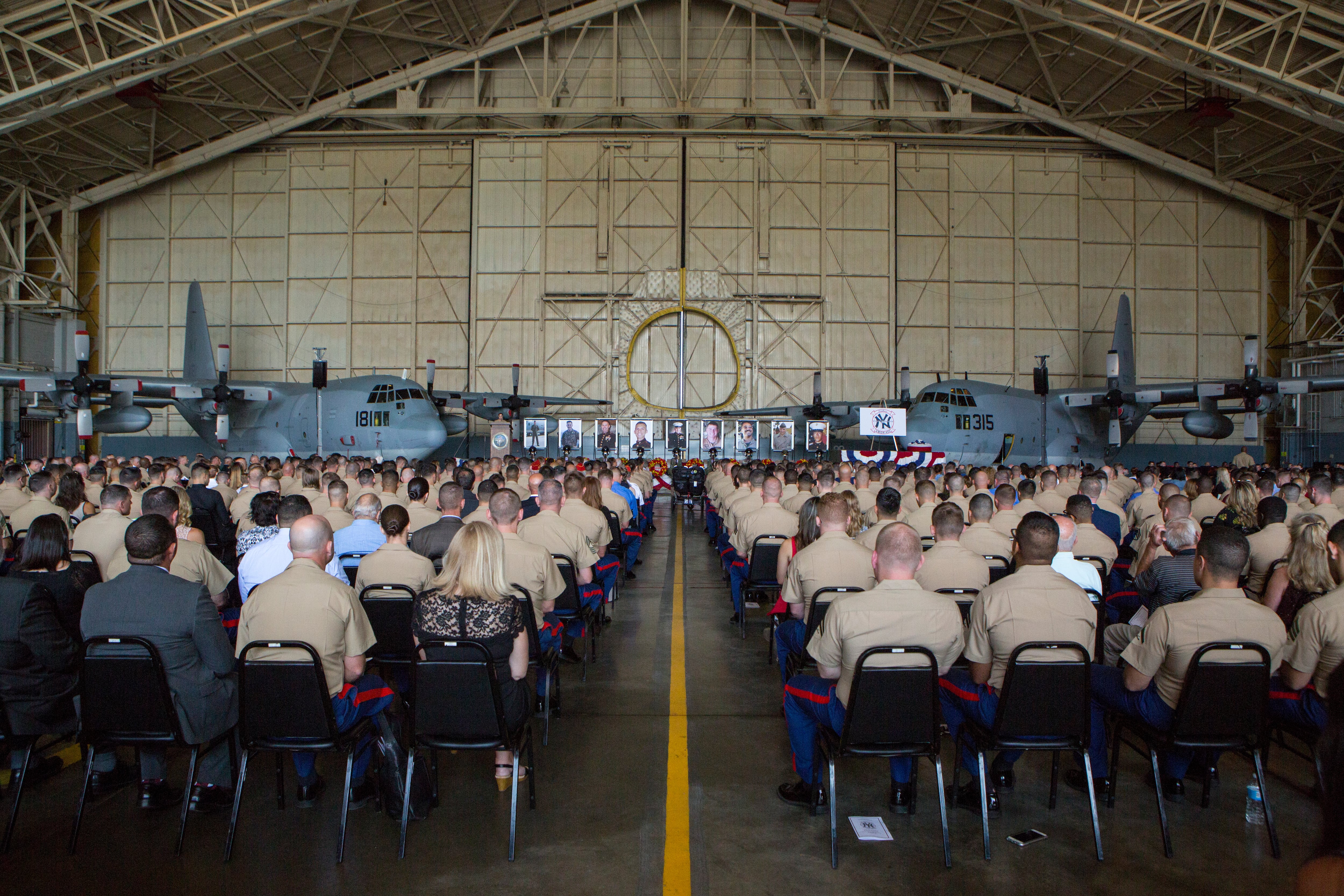
Everyone on board — the pilots, the aircrew and the passengers — were killed.
They are Marine Cpl. Daniel Baldassare, Cpl. Collin Schaaff, Sgt. Dietrich Schmieman, Sgt. Joseph Murray, Sgt. Chad Jenson, Sgt. Owen Lennon, Sgt. Julian Kevianne, Navy Petty Officer 2nd Class Ryan Lohrey, Marine Sgt. Talon Leach, Staff Sgt. Robert Cox, Staff Sgt. William Kundrat, Staff Sgt. Joshua Snowden, Gunnery Sgt. Brendan Johnson, Gunnery Sgt. Mark Hopkins, Capt. Sean Elliott and Maj. Caine Goyette.
The 4th Marine Air Wing probe suggests they did not suffer for long, nor could they do anything as the 25-year-old plane came apart.
They suffered shock, disorientation and “rapid onset of below freezing conditions and near impossible crew communication.”
“Due to the rapid onset of the catastrophic sequence of events and the instantaneous structural failures, it is unlikely that the aircrew had time…to change the final outcome,” the investigator wrote. “Neither the aircrew nor anybody aboard the KC-130T could have prevented or altered the ultimate outcome after such a failure.”
Debris was scattered for miles.
RELATED
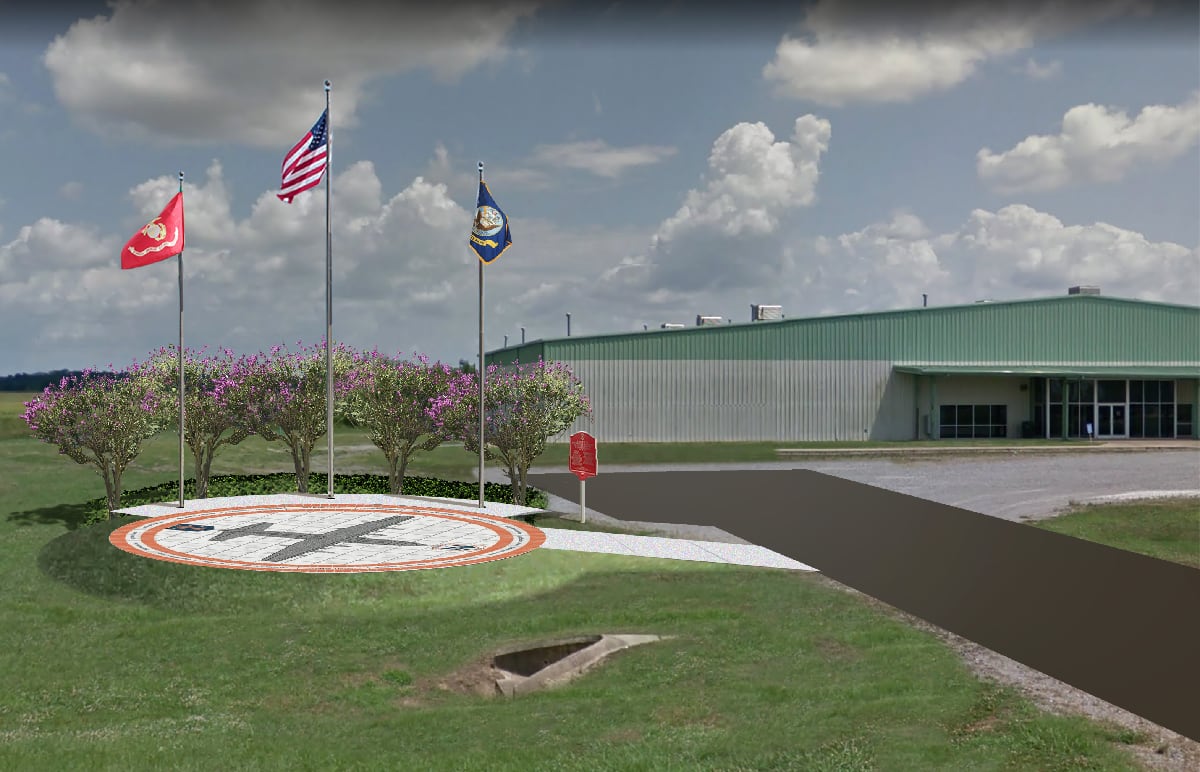
Yanky 72 was transferring troops, ammo and vehicles for 2nd Marine Raider Battalion, and all weapons were found except for a Glock-19 pistol, according to the report.
The crash investigation suggests deficient blades were sent out to Navy and Marine Corps aircraft for years.
“Negligent practices, poor procedural compliance, lack of adherence to publications, an ineffective (quality control and quality assurance) program at (Warner Robins), and insufficient oversight by the (U.S. Navy) resulted in deficient blades being released to the fleet for use on Navy and Marine Corps aircraft from before 2011 up until the recent blade overhaul suspension,” the report states.
RELATED
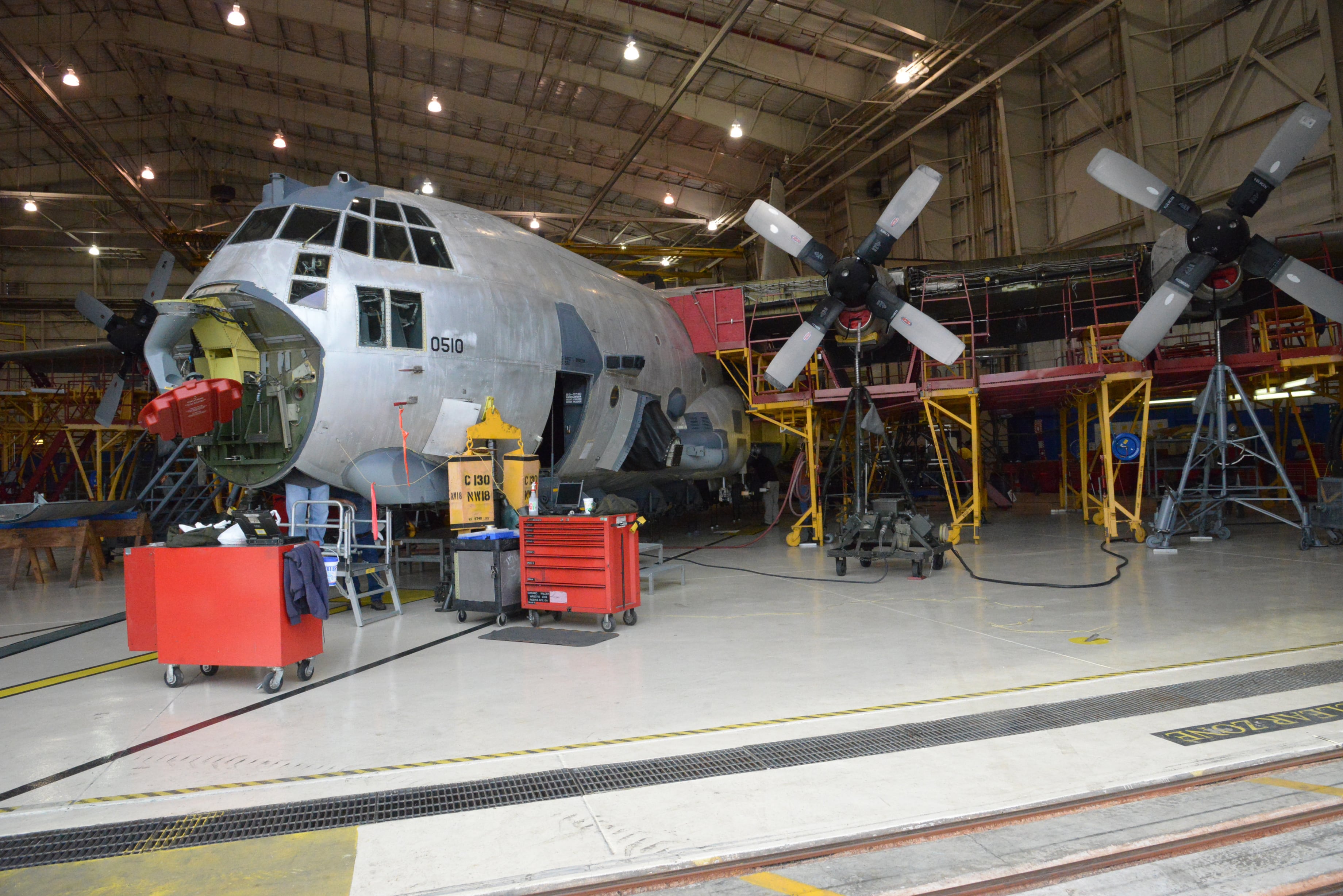
In response to the crash and a closer inspection of the Warner Robins facility, the Air Force halted blade maintenance operations on Sept. 2, 2017.
All Navy and Marine Corps C-130s were grounded after the crash, and all 43 aircraft have or will receive new propellers, according to officials.
Air Force Materiel Command spokeswoman Wendy Varhegyi said a review of more than 1,300 C-130H propeller blades has found three with the type of minor corrosion that is consistent with any fielded blade.
RELATED
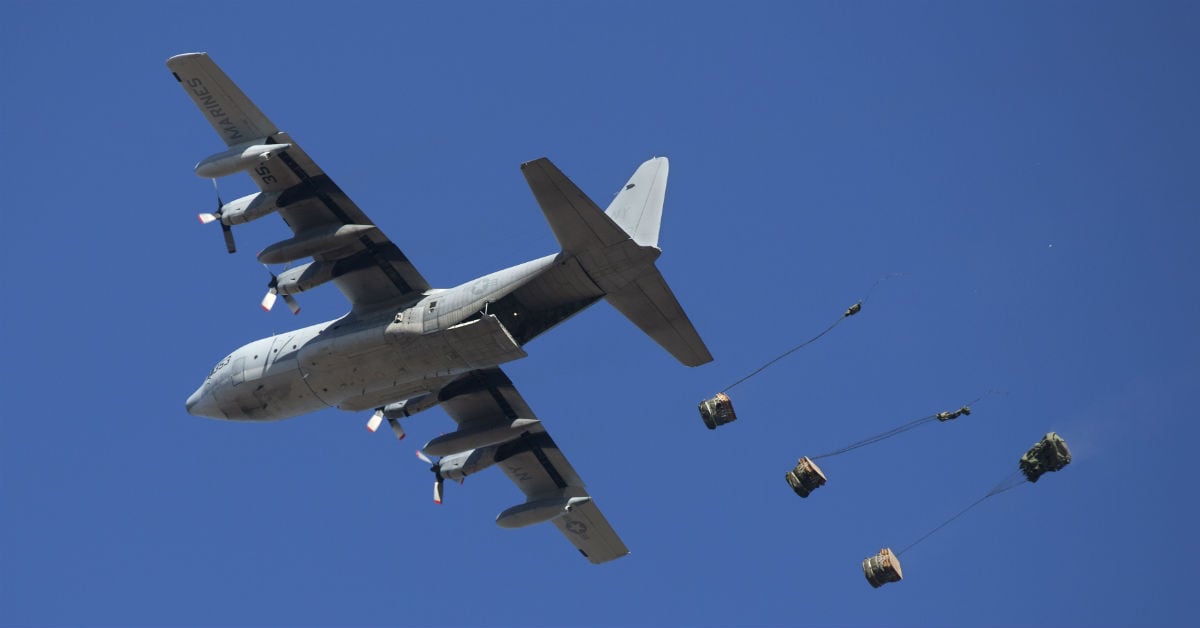
Naval Air Systems Command spokesman Greg Kuntz said all propellers were removed from the Navy’s C-130 fleet after the crash “to address a subset of propeller blades that potentially had corrosive conditions.”
“Out of an abundance of caution, every potentially affected propeller was slated to be overhauled and replaced,” Kuntz said.
New propellers are being installed on the fleet and old ones will start being overhauled again once the Warner Robins reforms are in place, he said.
Kuntz said the Navy had not assessed whether those removed propellers suffered the same disrepair that brought down Yanky 72.
“I cannot speak to a hypothetical number of how many props may have had the same defects identified in the one involved in the mishap,” he said in an email. “The Navy took the precaution to treat every propeller that was identified in the engineering review as a potential problem and chose to replace them.”
What happened at Warner Robins
Warner Robins Air Logistics Complex overhauled propellers for all variants of Air Force, Navy and Marine Corps C-130 Hercules, which are manufactured by Lockheed Martin using propeller blades by United Technologies Corp.
The complex has averaged 400 C-130 props per year over the past decade, with Navy props comprising five percent of that workload, according to the report.
The work is performed by civilian employees, who overhaul propellers after 5,000 hours.
The corroded propeller blade that set off the mishap last went through overhaul in 2011, according to the investigation.
Although processes existed for the civilian maintainers at Warner Robins to identify and fix such corrosion, investigators found no evidence that such measures were taken in 2011.
“The intergranular radial crack in blade four, which ultimately was the root cause of this catastrophic mishap, developed and matured from corrosion pitting and (intergranular cracking) that was not removed during the last blade overhaul,” the investigation states.
It was not the only deteriorated blade flying with Yanky 72 that day, according to the investigation.
Twelve of the 16 blades on the four-propeller plane suffered from corrosion that was present the last time they each passed through Warner Robins, “proving that over the course of a number of years…[Warner Robins] failed to detect, remove and repair corrosion infected blades they purported to have overhauled,” the investigation states.
One prop blade on Yanky 72 was supposed to have been removed from service by Warner Robins workers during its last overhaul in 2015, the report states.
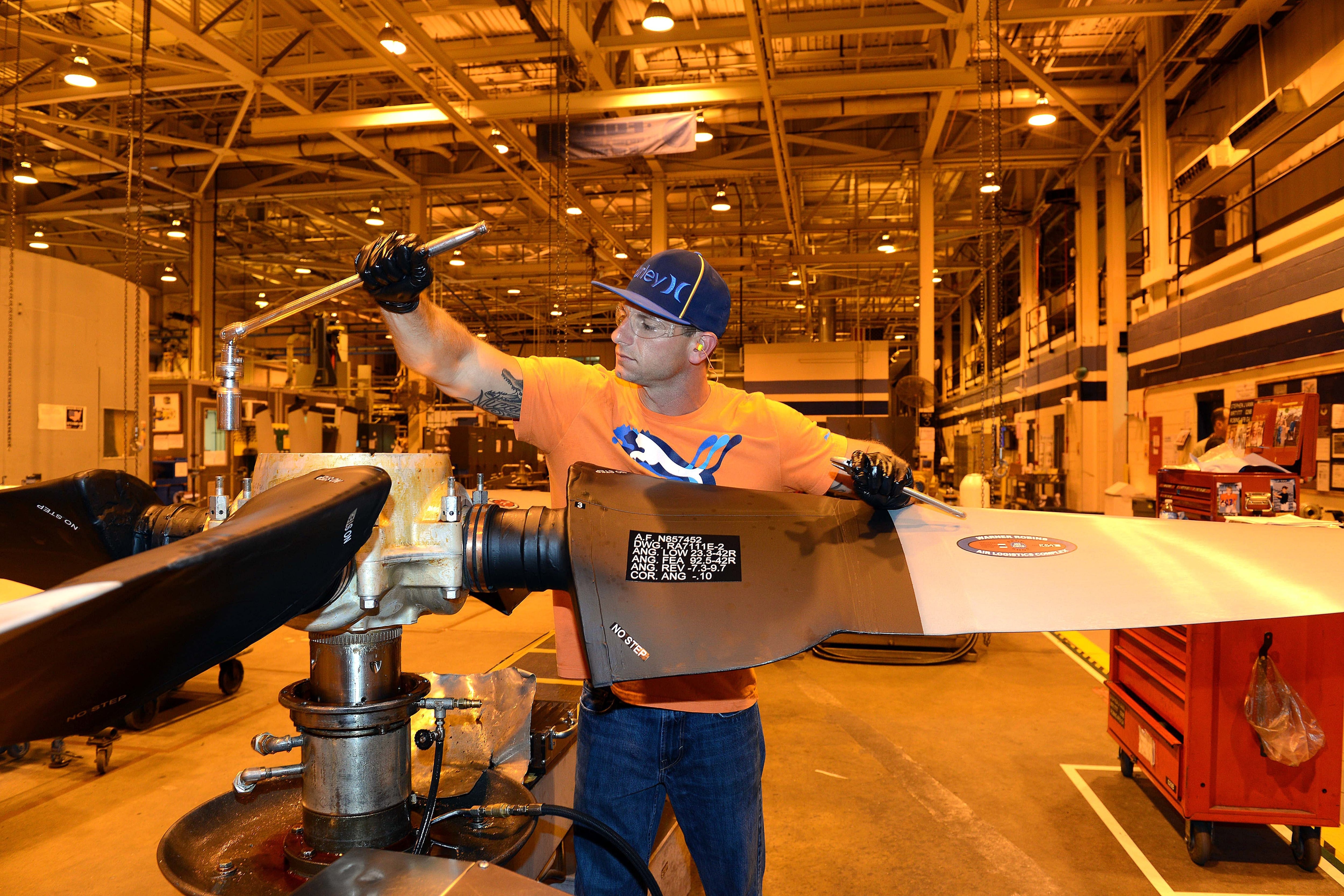
The investigation found that anodize coating was applied to the areas of the fatal propeller blade affected by corrosion pitting, even though that protective coating is meant to be applied only after corrosion has been removed from the blade, according to the investigation.
“Presence of anodize in the corrosion pits and (intergranular cracking) proves the corrosion was present and not removed at the last overhaul in August of 2011,” the investigation states. “If corrosion is detected on the blade, all corrosion should be removed or the blade should be condemned.”
Other corrosion-preventing material required by the Navy at the time — such as permatreat coating or epoxy primer — was also not applied, the report states.
And because Warner Robins destroyed its work documents after two years, the investigation could not prove whether the organization had properly tested the blade for corrosion damage using a Navy-specific processes involving a borescope or eddy current inspection that would help detect flaws beneath the surface.
“Since only approximately five percent of C-130 blades are a Navy/Marine Corps asset, it is uncertain whether sufficient steps are embedded in the work flow process to ensure that Navy/Marine Corps critical requirements, such as borescope inspections and permatreat/epoxy primer coatings, are satisfied,” the report states.
A Navy team visited Warner Robins for a two-day process audit in August 2017 and noted several problems, many of which could result in Navy and Marine Corps components being separated from their paperwork — raising the potential that Navy-specific practices were not followed..
“While some differences (among the services’ maintenance processes) can be expected, common processes will yield consistent results,” the auditors wrote. “The biggest concern is that differences can lead to missed or incorrectly applied repairs. Action should be taken by NAVY/AF to standardize the process.”
They found that propeller work control documents are color-coded for each service and aircraft, but that many of the documents did not reflect the proper color paper for each service, and that such records weren’t accompanying the blades through the overhaul process.
“The work control documents were consistently difficult to locate on the production line,” the report states. “Since (Warner Robins) does not comply with their own color-coding systems in order to help differentiate the service-specific blade overhaul process requirements, the system is unreliable and increases the probability of error within the process.”
Another summary included in the report’s supplementals states that Warner Robins employees have trouble identifying whether a given prop is for an Air Force or Navy C-130, even though work documents say, “AIR FORCE BLADE,” “NAVY BLADE” or “P-3 BLADE” in large letters, they wrote.
“This could be an effort to limit liability to [Warner Robins] by attempting to find a causal factor that moves the blame away from this institution for missing the corrosion pits and intergranular cracking at the last propeller overhaul,” a visit summary states.
Warner Robins depot staff use electronic copies of instructions with specific guidance for each job, known as “pubs," throughout the shop.
Yet while maintainers had laptops on hand with the required instructions up, it was “never referenced during process execution or during pre or post-process discussions,” according to a summary of the two-day Navy process audit conducted last summer.
“Some technicians relied strongly on their memory, it appeared, rather than a steady referral back to the instructions,” auditors wrote.
One technician cited the wrong technical information to the audit team when queried and auditors found an outdated publication being used on one job.
The Navy’s audit team also took issue with the facility’s quality assurance program, which involves random checks of artisan work.
When it occurs, quality assurance involved the artisan checking their own work and then another person with no formal quality assurance training acting as a second set of eyes.
If an artisan does a bad job, there are no real consequences, according to the Navy auditors.
“The Artisan may have to suffer a little bit of embarrassment, but that Artisan then gets to go back through training; which is essentially a vacation/break away from his job,” they wrote.
Earlier this year, a Marine lieutenant colonel leading the crash investigation for the 4th Marine Air Wing whose name is redacted in the report took his team to Warner Robins at the invitation of the complex’s commander.
The investigative team saw no protocols to ensure work orders accompanied their blades through the process.
“During the investigation, work orders were difficult to find on many occasions,” the memo states. “This carefree attitude towards the tracking of these documents and uncertain understanding of where they all are is concerning.”
The team also found that Warner Robins “could not consistently produce associated color paper, designed and implemented by (Warner Robins) Quality Control, to help artisans differentiate between Air Force, Navy/USMC and P-3 blades.”
This allowed uncertainty to enter the process, the investigator wrote.
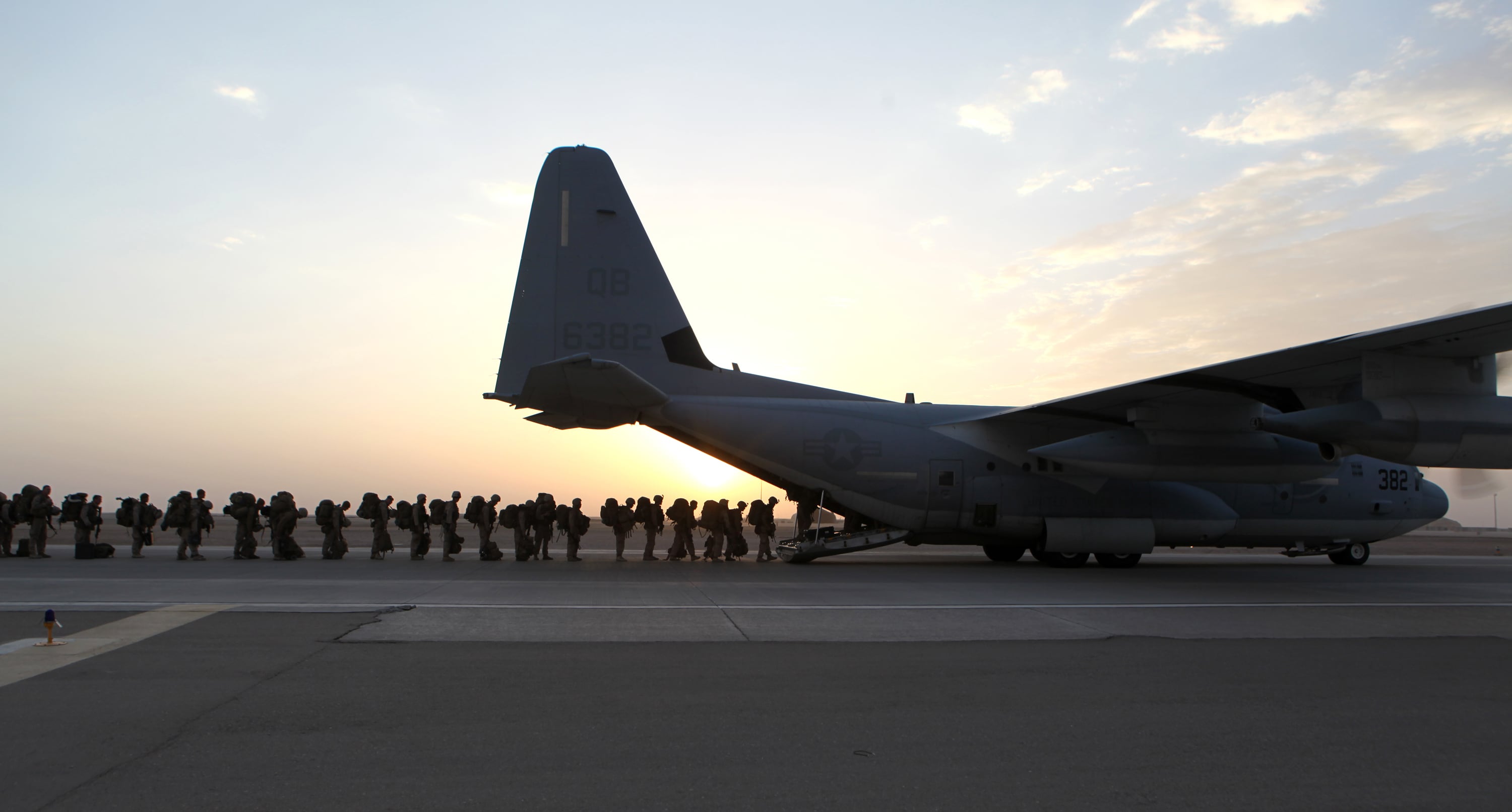
“If technicians were not carefully reading the work control documents, they could misconstrue the blade process they were required to perform due to the wrong color coding,” the memorandum states.
That memo also chides the facility for a blade overhaul process that “did not follow a logical, organized efficient path throughout the facility, which would clearly increase efficiency and reduce the probability that overhaul production steps be missed.”
Kubinec, the complex’s commander, said it will start overhauling blades again by next year.
An independent review team comprised of Navy and Air Force officials, as well as industry partners, are reforming the prop blade overhaul process at Warner Robins, which will primarily entail creating a uniform approach to overhauling Navy and Air Force blades, the report states.
But the independent review team has no chain of command, which raises questions about implementation, reporting requirements or final consensus, the Marine investigator wrote earlier this year.
“The unique requirements in each publication for different branches of service is a critical issue that must be resolved immediately,” the investigator wrote. “While this effort is applauded, the overall outcome is still uncertain.”
As of the memo’s writing, the Navy had not outlined an evaluation process to ensure quality propellers are returned to the fleet, the investigator wrote.
“Nor is there sufficient oversight by non [Warner Robins] personnel to ensure compliance with all policies, procedures and publications,” the memo states. “Due to the differences in the maintenance organizational structures between the AF and Navy, specifically quality assurance, the significance of resolving disparities of potential misunderstandings is critical.”
The investigator also said that Warner Robins had “failed to show significant process improvements” noted by the Navy’s initial August 2017 audit.
“This is concerning considering the same procedural and quality control errors that allowed the (blade) and countless other propellers to erroneously enter the fleet could still exist,” the investigator wrote.
Where was the Navy?
Although the investigation found several deficiencies in Warner Robins’ blade overhaul processes, it also lays blame at the feet of the Navy for not carrying out its oversight responsibilities.
Under the terms of a 2009 agreement between the Navy and Air Force, which sets up the complex’s obligations for C-130 propeller overhauls for other services, the Navy should have conducted periodic audits of the Warner Robins’ work.
It never did.
Neither the Navy nor the Air Force “is able to produce any evidence that either a quality audit or investigation has ever occurred, nor requested” since the agreement’s inception, the report states.
“Had the (quality assurance) provisions of the (Navy-Air Force agreement) been properly managed and implemented by the Navy via conducting systematic and routine quality audits, numerous deficiencies within the blade overhaul process should have been identified which could have prevented the accident," investigators wrote.
While a Naval Air Systems Command, or NAVAIR, liaison is stationed at the Warner Robins facility, the complex’s senior leadership “had no memory or record of USN visits to (Warner Robins) historically,” the Marine investigator wrote in April’s memorandum.
“It was also clear from discussions during our site visit that proper procedures were not utilized to coordinate inspections, audits or visits,” the officer wrote.
The Air Force-Navy agreement for prop maintenance lists several oversight options, but the only office at the complex who understood the contract between the services was the business branch.
“This also includes the NAVAIR liaison who is stationed” at the complex, the officer wrote. “There is no history of an official quality audit or quality investigation being conducted by Navy FST personnel to ensure compliance with policies, procedures and publications.”
Problems at the squadron level
The investigation also uncovered a multitude of lapses during squadron-level maintenance performed by VMGR-452, although it could not determine whether those oversights had contributed to the crash.

If an aircraft sits in maintenance for more than 56 days without being run or without its blades being manually rotated, intermediate-level maintainers must perform an eddy current inspection to check for cracks beneath the surface of the propeller blade. During such an inspection, a magnetized metal probe is moved across the surface of the blade to detect anomalies.
On April 26, 2017, the mishap aircraft had sat idle for 56 days, which should have triggered an inspection, but an eddy current analysis was never performed, according to the report.
The powerline chief from VMGR-452’s powerline division believed the 700-hour engine inspection conducted at the time would satisfy the requirement, because the propeller blades had been rotated at least three times.
But the Marine Corps investigation found the squadron did not have the documentation necessary to verify whether the conditions of the 56-day rule had been met.
That powerline chief, a staff sergeant whose name is redacted in the report, told investigators that the number of times a prop blade must rotate in order to ensure all engine turbine blades have been inspected is “until I feel comfortable,” the report states.
Still, the investigation states that “it cannot be quantifiably determined” that operational or intermediate-level maintenance inspections or actions could have detected the blade conditions that led to the crash.
“Even if the unit had conducted the required off-wing eddy current inner taper bore inspection in April 2017, it cannot be concluded with any reasonable degree of certainty that the radial crack would or would not have been detected as the growth rate for a radial crack is unknowable,” investigators wrote.
The report also questions about the professionalism and competence of VMGR-452’s maintenance team in general.
During a visit to VMGR-452 in March, several investigators nearly slipped on a large area of the hangar deck that “was saturated with oil or hydraulic fluid,” according to a summary of the visit included in the report’s supplementals.
“Multiple VMGR-452 maintenance personnel of all ranks were witnessed to have observed this hazard and took no corrective action nor did they provide verbal warning,” the visit summary states. “The lack of concern or care conveyed by VMGR-452 maintenance personnel has led the (investigation) team to believe that is a normal attitude and an accepted approach to conducting business at the squadron.”
Such a discrepancy “builds concern for how they conduct maintenance safely on a daily basis,” the summary states.
“There were occasions of individuals being passionate and defiant towards members of the (investigating) team,” the summary states. “It is clear VMGR-452 maintenance personnel take pride in the product they produce, however occasionally are not able to verbalize their position in a professional manner.”
In response, the Marine Corps took action in order to improve corrosion prevention and general maintenance practices at VMGR-452.
The 4th Marine Aircraft Wing conducted followup inspections of the unit “to train and re-educate the command on appropriate requirements and practices that are needed to properly ensure all tasks and inspections are performed to appropriate standards and publications,” the Marine Corps Forces Reserve said in a statement. However, "no commanders were relieved in the wake of this incident because no cause was found within the scope of their responsibilities at the MAG and squadron levels.”
Brig. Gen. Bradley James, commander of the 4th Marine Air Wing, said “everyone is looking to what they can do to improve” in the wake of the crash.
“Anyone around this process is absolutely horrified,” he said.
Last summer’s crash will likely provide a grim and final coda for the KC-130T, which is slated to become an aircraft of the past for the Marine Corps.
VMGR-452 is the only squadron still flying the T model as the rest of the force transitions to a modern J variant, according to James.
“452 will receive their first two Js this next September and October, and within two years, we’ll be looking pretty good,” he said. “I can safely say, give us three years and we’re probably out of the T business.”
Valerie Insinna is Defense News' air warfare reporter. She previously worked the Navy/congressional beats for Defense Daily, which followed almost three years as a staff writer for National Defense Magazine. Prior to that, she worked as an editorial assistant for the Tokyo Shimbun’s Washington bureau.
Geoff is the managing editor of Military Times, but he still loves writing stories. He covered Iraq and Afghanistan extensively and was a reporter at the Chicago Tribune. He welcomes any and all kinds of tips at geoffz@militarytimes.com.



